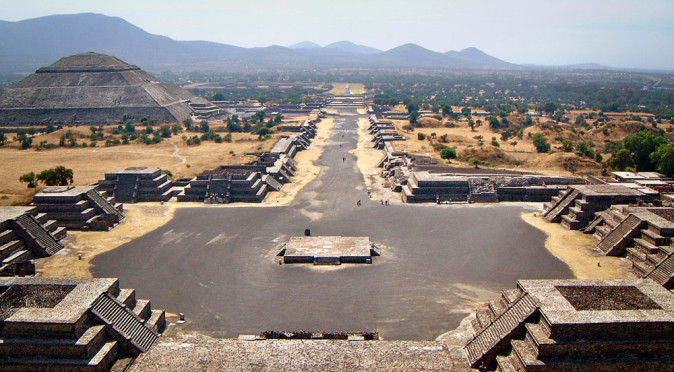
History of Teotihuacan
Teotihuacan played a central role in proliferating urban planning and multicultural society across Mesoamerica. Even the Aztec, 700 years after the city had fallen, were greatly influenced by its ideologies.

Teotihuacan played a central role in proliferating urban planning and multicultural society across Mesoamerica. Even the Aztec, 700 years after the city had fallen, were greatly influenced by its ideologies.
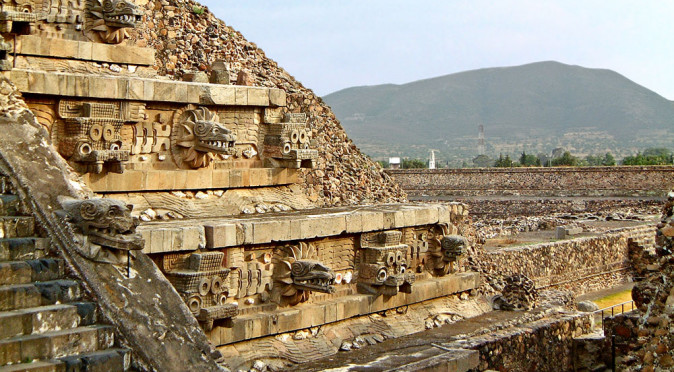
The iconic carved high-reliefs of the Temple of the Feathered Serpent make it one of the wonders of the New World and it appears to record the beginnings of the New World too…
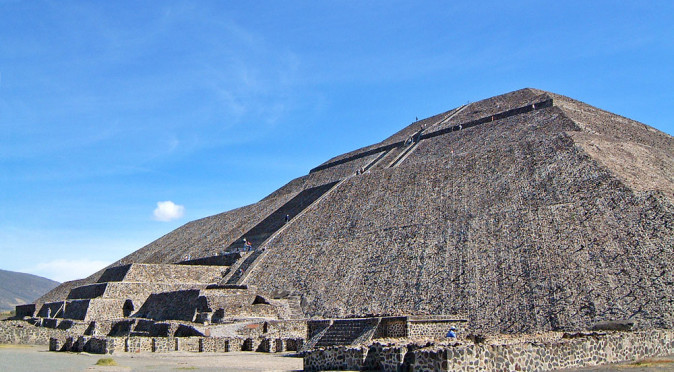
The Pyramid of the Sun stands out as the greatest achievement of any Mesoamerican culture and appears to be encoded with esoteric knowledge of time and the universe.
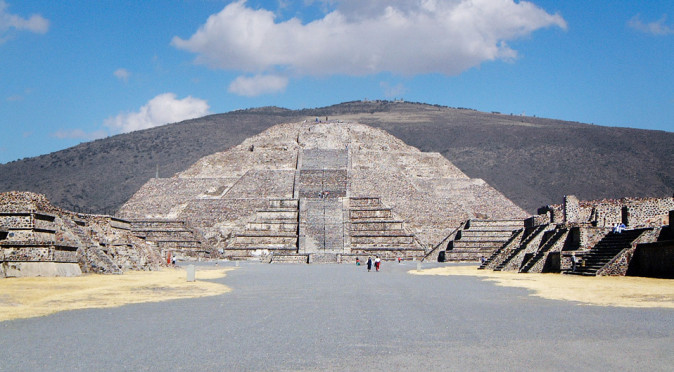
The Pyramid of the Moon is one of the most iconic ancient structures in the world and appears to have been at the heart of a master-plan.
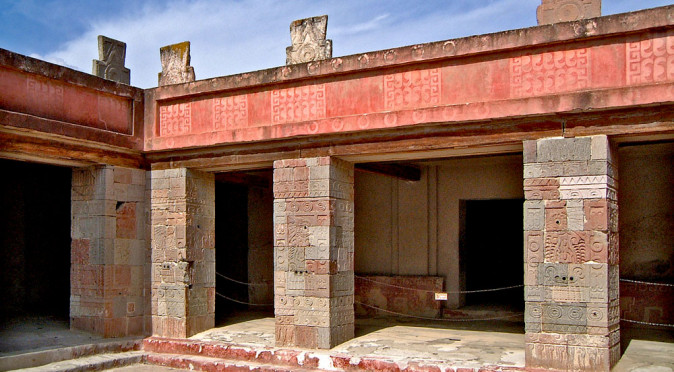
The amazing Palace of Quetzalpapalotl was dressed with stunning painted tablero-style lintels and intricately carved columns that were studded with obsidian and symbolised the cities power.
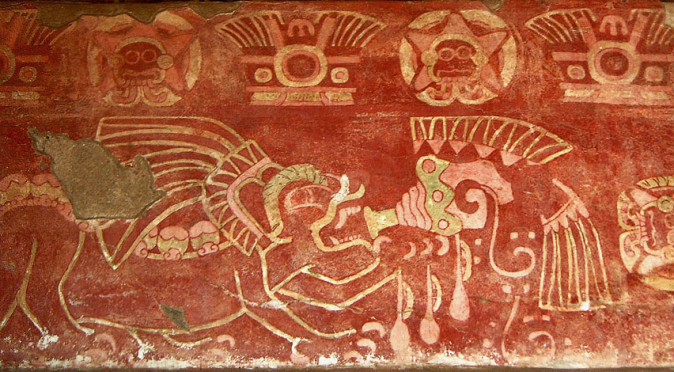
The Palace of the Jaguars is home to an iconic fresco of a jaguar blowing a conch shell that drips with blood, as well as a more mysterious image known as the netted-jaguar.
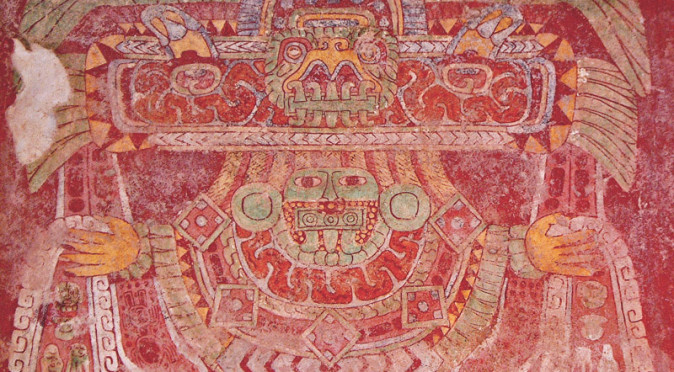
The compound of Tetitla is decorated with a number of murals that suggest it was home to an elite family, who had ties to the Great Goddess and the infamous Owl Warriors.
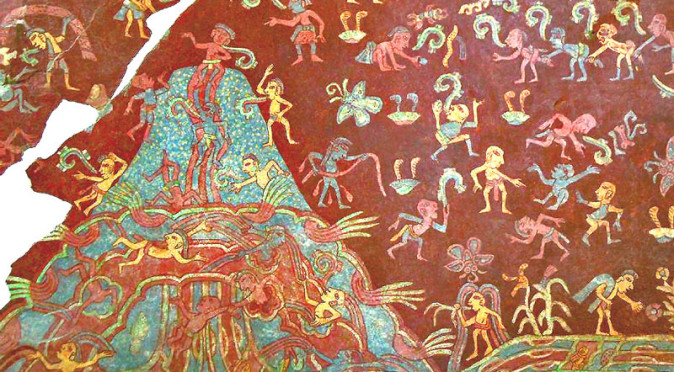
The compound of Tepantitla is home to some beautifully painted murals that record an astonishing view on how the world worked and how the Teotihuacano could keep it working.
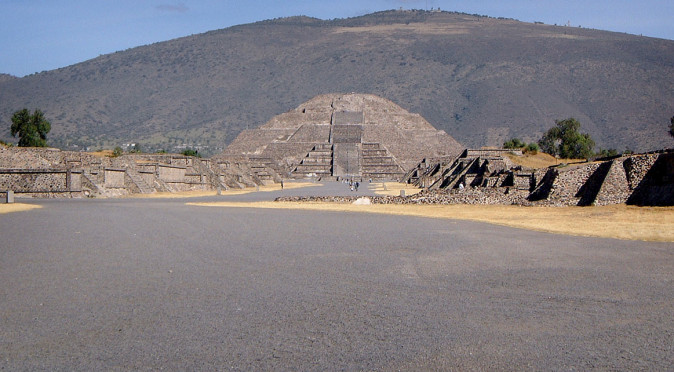
Teotihuacan has captured the imagination of all who have set eyes on it since the fourth century. Even the Aztec’s were captivated by it and named it the “Birthplace of the Gods”.
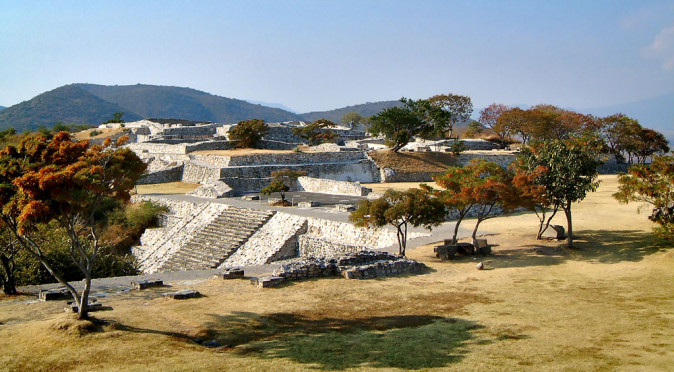
The curious alignment of the Central Plaza not only indicates that it was purpose-built for observation, but may also reveal the identity of Xochicalco’s builders.
With an intense but small period of occupancy, between 650-900AD, and home to many cultural and artistic influences, Xochicalco’s rapid rise and fall is one of Mesoamerica’s greatest mysteries,
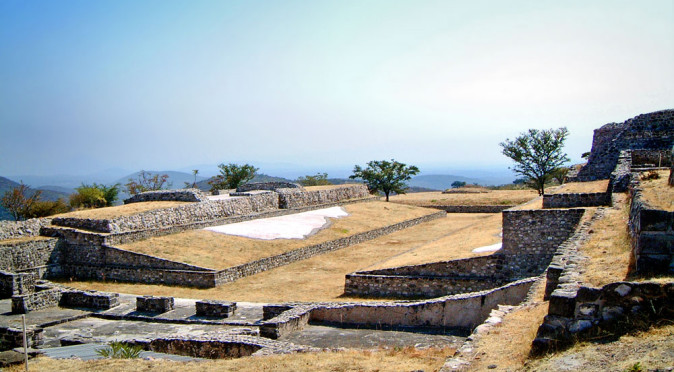
Xochicalco has three sacred ball-courts, known as teotlachtli, which feature very different designs and may have fulfilled very different political and religious functions
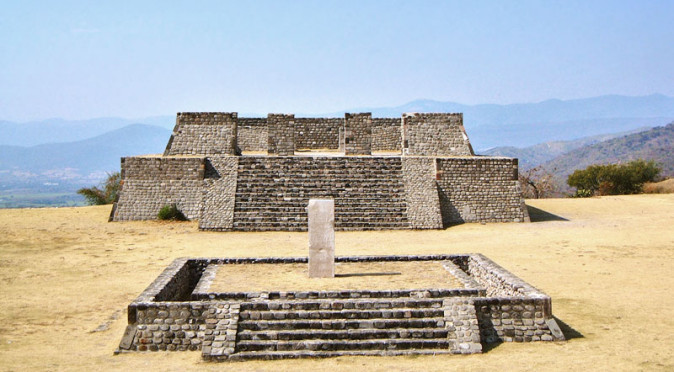
The Plaza of the Two Glyphs is a spectacular space, overlooking the valley below and featuring Xochicalco;s finest buildings – though it is curiously cut off from the city centre,
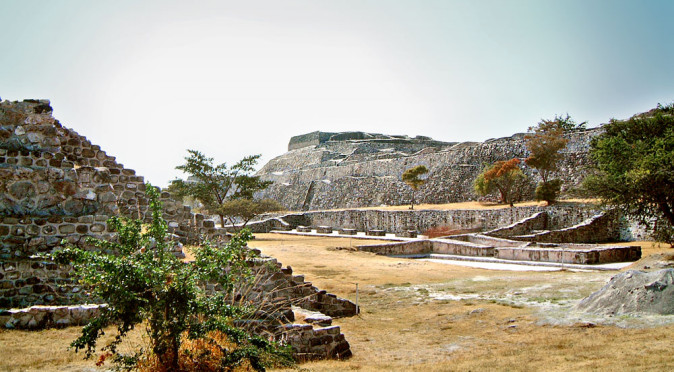
The Eastern Complex doesn’t have the amazing views or ornate carving that the other areas of Xochicalco have, but it may have been one of the most important areas, nonetheless.
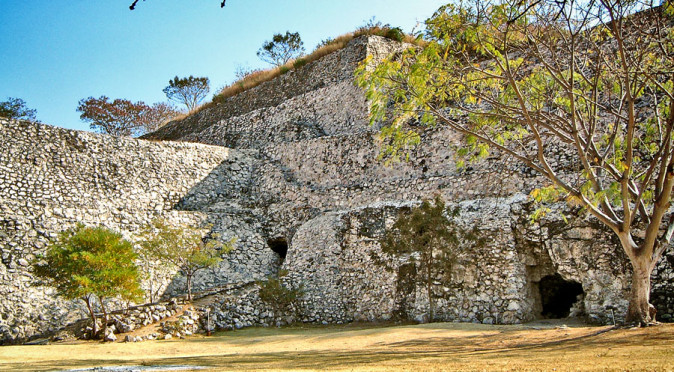
Xochicalco features a very precise zenith-tube, which will illuminate a cave floor with a very bright light when the sun moves directly overhead – but obviously this isn’t all it does!
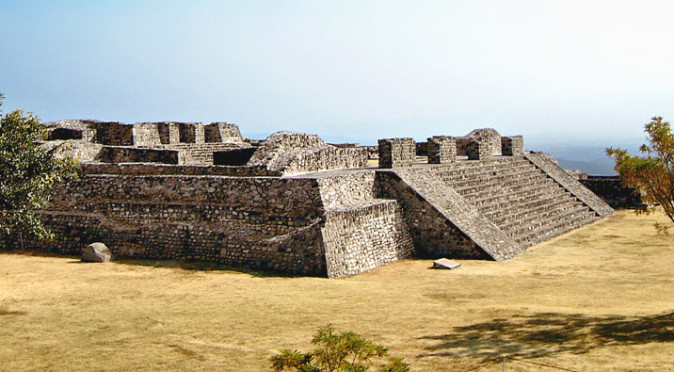
With spectacular views of the surrounding valley, the Pyramid of the Stelea is one of Xochicalco’s most incredible monumental structures and home to three mysteriously buried Stelae.
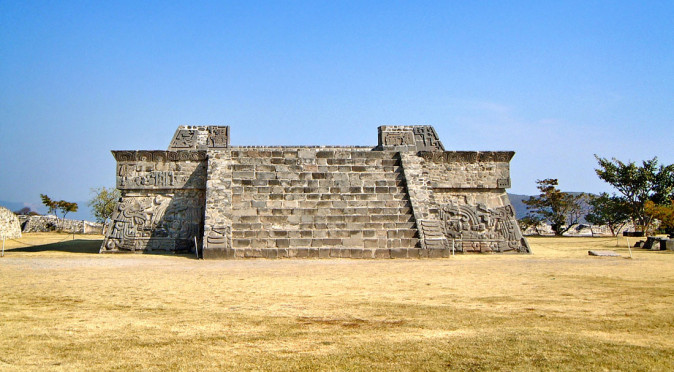
The Pyramid of the Plumed Serpents is an enigma that has led to many theories, though none explain the purpose of the magnificent serpents that dominate its walls.
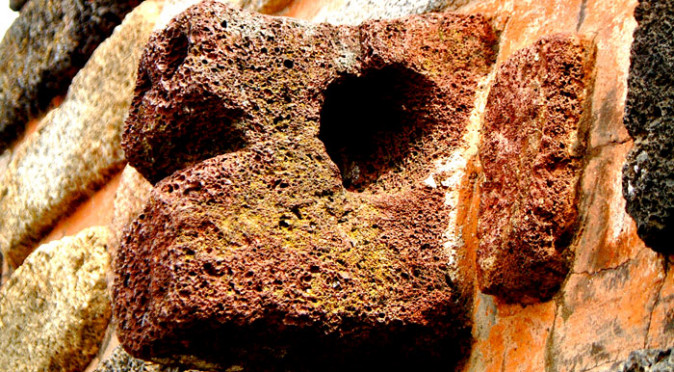
Teopanzolco is dominated by a half completed Great Platform and the mystery surrounding its abandonment. But the region’s mysterious history goes back a lot further…